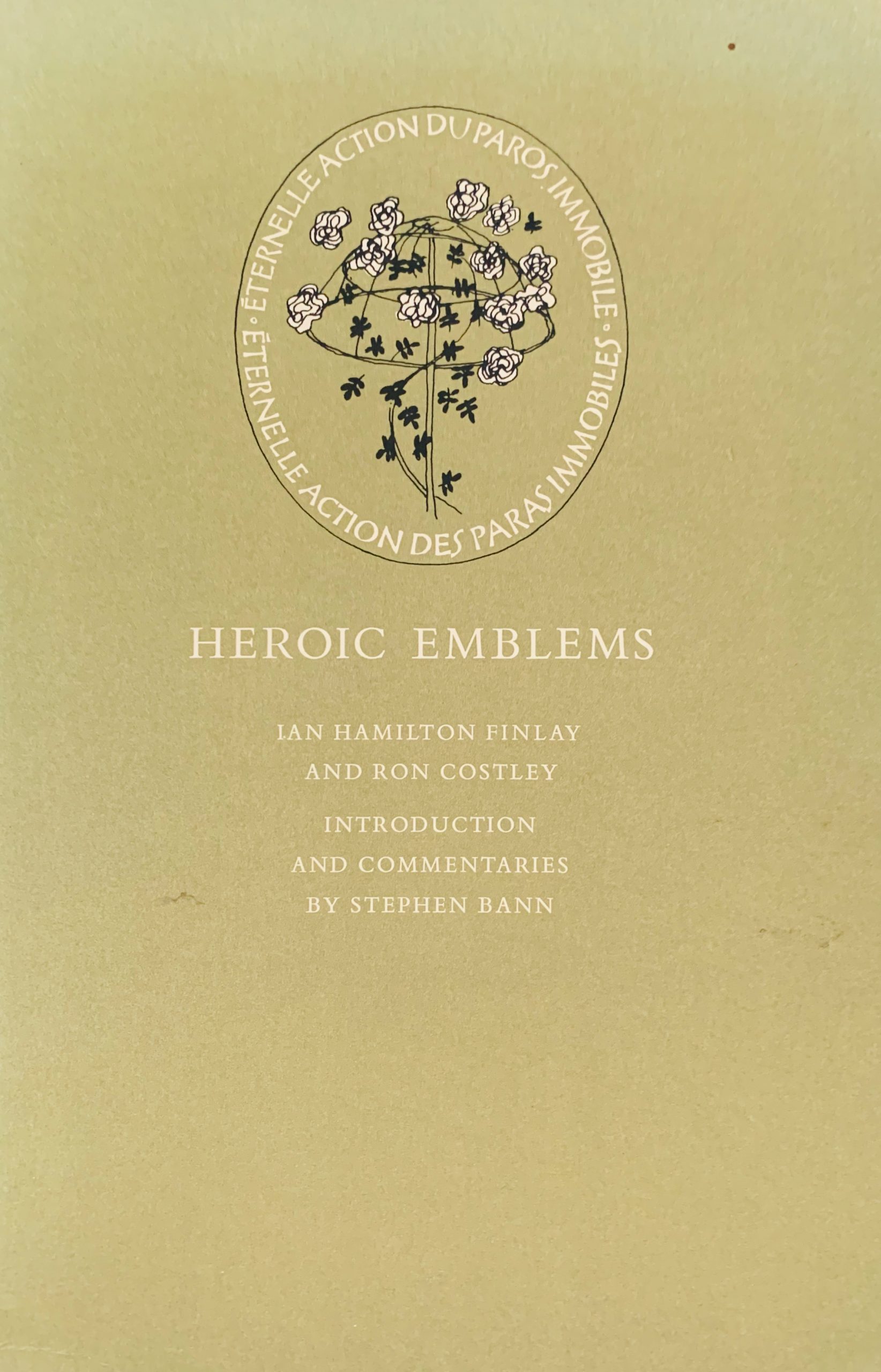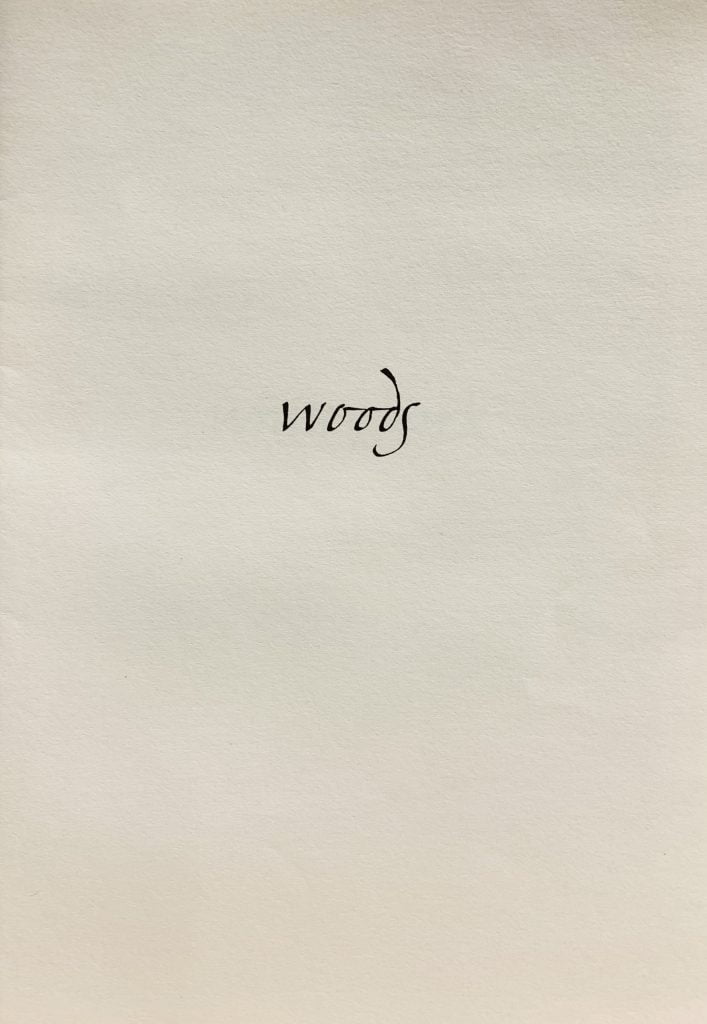THE WILD HAWTHORN WONDER BOOK OF BOATS. 1975.
Dunsyre, Lanark: Wild Hawthorn Press, 1975
15.2 x 10cm, 30pp plus printed wrappers. Woodcuts by Martin Fidler are mostly visual puns using simple blocks of red and green along with word poems by Finlay. An aircraft carrier has its planes inside the hull in red - Finlay just places the single word PIP under them comparing the carrier to a gourd or shell. Another boat is called a "Sabot" which is based on the shape like an upturned clog. A submarine is "Bubbles".
VG+.












